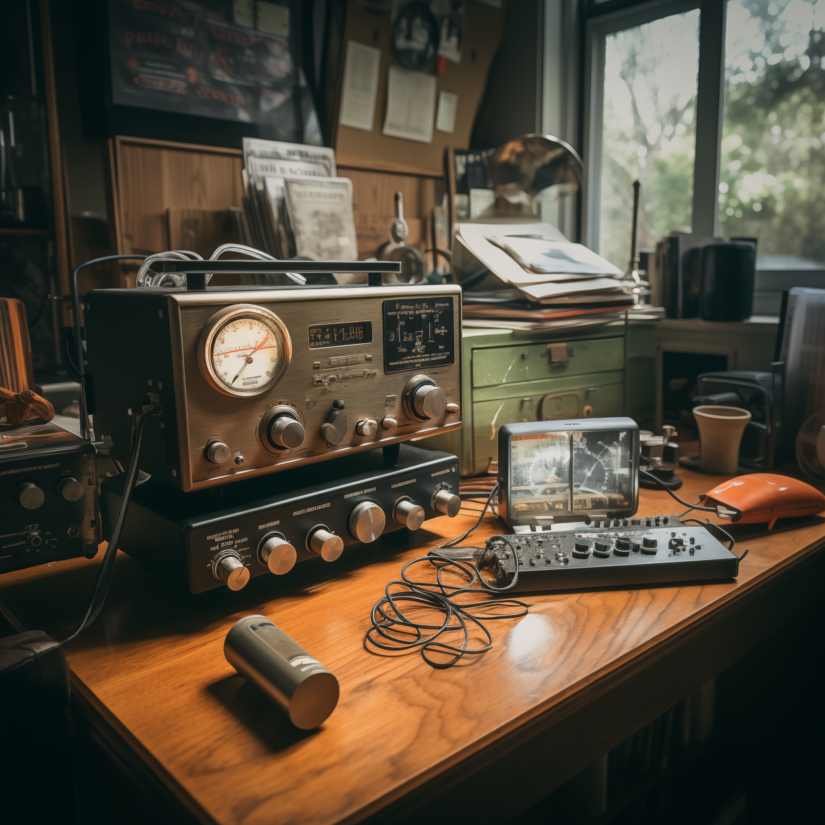
Is Morse Code still worth learning ?
UK radio amateurs haven’t had to learn Morse code to obtain their licence since July 2003.
Until that date the International Telecommunication Union (ITU) required an assessment of Morse code proficiency to be part of the global amateur radio licensing procedure.
However, since then Morse code has become an optional element in amateur radio practice, and many countries have now removed the compulsory Morse component from their amateur radio licence requirements.
But that doesn’t mean that it isn’t just as relevant nowadays.
You only have to listen to the bottom end of most of the HF bands (such as 40m (7 MHz) or 20m (14 MHz) to realise that far from being dead, Morse code is alive and well and being used by increasing numbers of hams.
But why?
Morse code gets through
The answer is simple – Morse code gets through when SSB fails miserably. This isn’t just the die-hard CW (continuous wave) fans speaking, it is a well-known, demonstrable fact.
Hams around the world work distant rare countries every day using CW and 100W or less plus basic wire antennas when single side band (SSB) signals from those parts of the world are virtually inaudible.
A CW signal can have more than a 10-20 dB advantage over a SSB signal (depending on which book you read).
An SSB signal will usually occupy about 2.5 KHz. An FM signal will take up about 10 KHz, but a CW QSO can take place in a bandwidth of about 300 Hz. As you are only listening to a single tone in a narrow bandwidth, it is a lot easier to filter out QRM and electrical interference. This is vitally important in urban areas and with compromise antennas, which are more prone to picking up noise from nearby electrical wiring, domestic TV sets, power line transmission (PLT) and a host of other pieces of equipment.
Most DXpeditions put a lot of emphasis on CW as an operating mode. And while it may be possible to work them on SSB you may find Morse code easier.
So what other reasons could you have for learning CW?
- Repeaters identify themselves with Morse Code – if you learn it you will be able to find out what you listening too and what CTCSS (Continuous Tone-Coded Squelch System) code you need to access them.
- Beacons also use Morse to identify themselves – find out what countries you can hear on the 10m band and others.
- Simple CW transmitters can be made quite easily. SSB transceivers are usually more complex to build.
- CW is more efficient than SSB, AM or FM. So you can often get away with less effective antennas or lower power levels to make your contacts. This means you are less likely to cause interference and you can still work DX with “stealthy” antennas.
- Even though your Foundation licence has relatively limited power you can still make plenty of DX contacts.
- It involves no accent or pronunciation problems, and is a widely-understood international language.
- It is fun to learn and use CW!